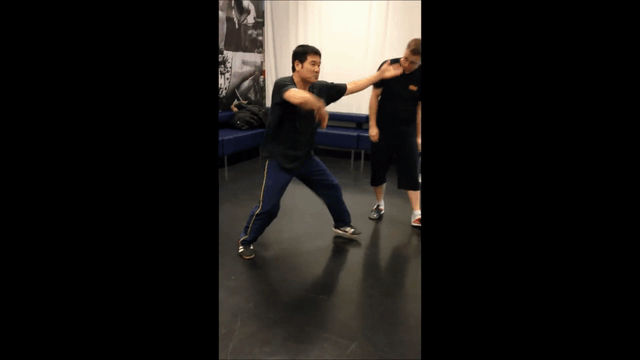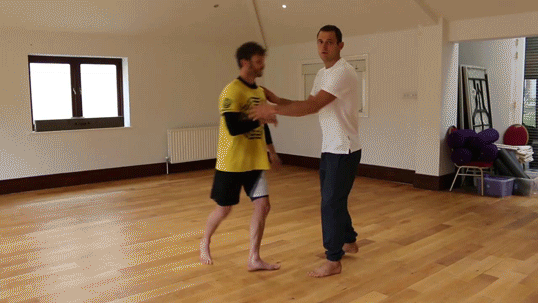Controversial title for a lot of folks on here, and for that I do apologize. I'm not saying I hate TMAs. I just now have a much better understanding where such opinions come from.
When I was training Taekwondo and Hapkido at my previous school, it was very difficult to be in a lot of debates with folks on "MMA vs. TMA", because neither of us had enough of a picture to really discuss it. I had no experience with the combat sports, and they didn't know my particular gym. These debates arguments basically boiled down to me watching Muay Thai videos and comparing what I see to what I do in TKD, and them telling me they took an Aikido class once so they know how my Hapkido class trains.
A year ago, I started BJJ. Six months ago, Muay Thai. Now, I have a lot more experience to bring to the debate than I did before. I've made another thread about this, but the summary is: I feel validated in what I've trained and how it was trained in TKD/HKD, but I also have a lot to learn about BJJ/MT.
I've also tried a Hapkido class here, and spent three months at a Taekwondo class here, and now I can see why these arts get so much skepticism on here and on other sites by folks who do primarily combat sports.
The Hapkido class was 45 minutes of warmups (basically yoga) followed by 15 minutes of class. It included the Master saying things that made sense (i.e. "HKD is only for defense" and "I won't trash talk other arts, I'll just teach you what I know"), followed by being an absolute hypocrite (students working on jump split kicks for their next test, him crapping all over the way boxers punch).
The Taekwondo class was the softest martial arts class I've ever seen, outside of Tai Chi. In drills, partners would fall before you even made contact with them. At one point he said, "Don't actually block their arm because you might hurt them." His specialty was forms, and yet 99% of his upper belts didn't even know what moves they were supposed to do, or have any idea how to correctly do them (i.e. doing scissor blocks in the forms without even crossing their arms). Some of them didn't even know the proper names of the forms, when they had only one form to know at each belt. (Not learn: know).
I can certainly see someone going from a school that says "We only teach pure 100% self-defense" and does jump split kicks to a Muay Thai school and seeing the difference in what actually works. Nothing against jump split kicks, but don't try and say it's 100% for the streets. I can see someone going to a school that says "Don't block the arm because it might hurt them" to a BJJ school and hearing "Bumps happen, keep going", and wonder why TKD is so soft. I also can say for sure what my previous school is and isn't like, because I have combat sports to compare it to, and I have other TMAs to compare it to.
I am now the guy who quit TKD to spend more time at BJJ, even though I still consider my primary art TKD.



